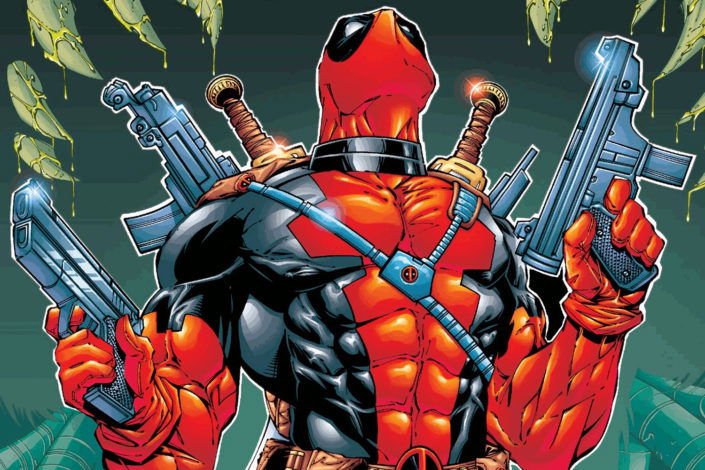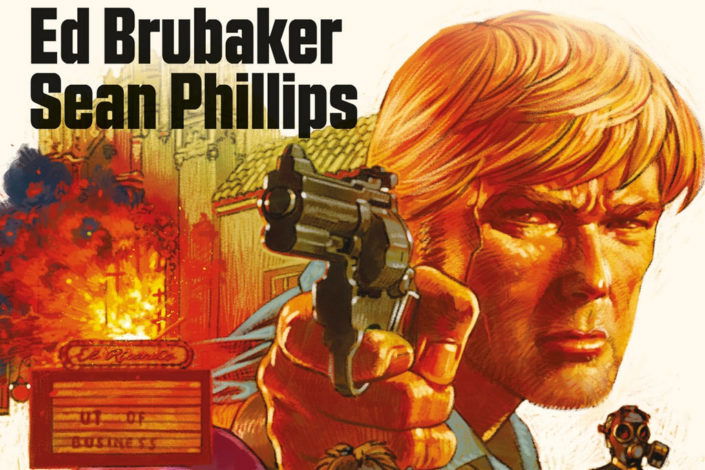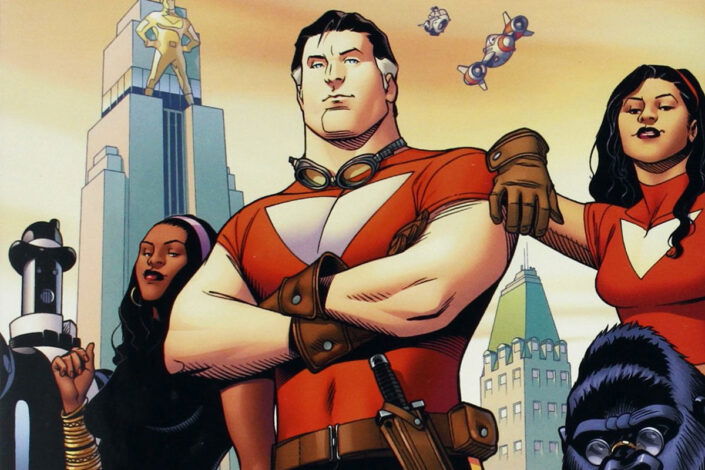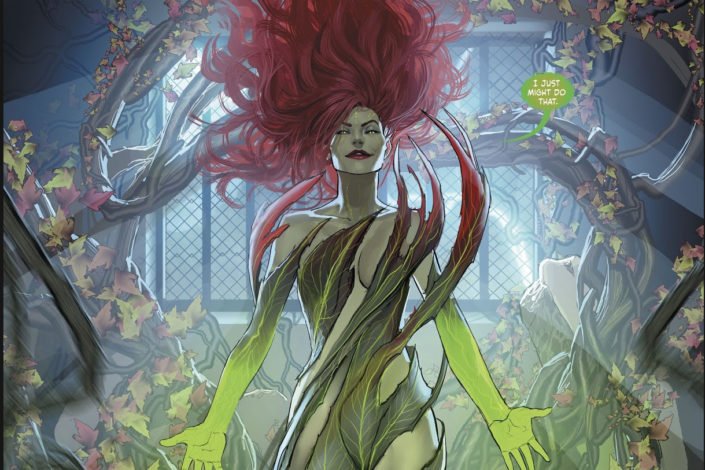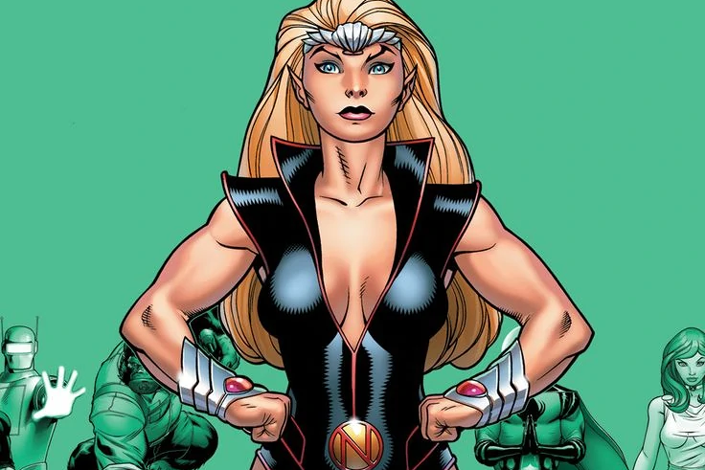Who is Black Manta? The Origins of Aquaman’s iconic villain

Black Manta is one of the most fearless supervillains in the DC Universe, and one of the pettiest there is – next to Eobard Thawne aka Reverse Flash. He just hates Aquaman, pure and simple, and wants to destroy the Atlantean world.
Why Black Manta is so fixated on making Arthur Curry’s life hell? That’s the question you could ask yourself. And one that didn’t find an answer for a long time in the comic book pages of the DC Universe.
Black Manta was created by Bob Harney and Nick Cardy and made his debut in Aquaman #35 in September 1967. Though Aquaman’s nemesis made his first appearance here, it was not the first time the two characters fought, as the story made it clear they clashed before – in untold stories. But Manta was not given clear motivation at all.
The readers would have to wait more than 25 years to discover Black Manta’s first proper origin story and more so to discover his real name. His complete name, David Milton Hyde, was given only in 2020 in Aquaman Vol. 8 #62. Proof that you don’t need a (solid) backstory to ruin the life of a superhero and become an iconic villain!
Read More »Who is Black Manta? The Origins of Aquaman’s iconic villain

